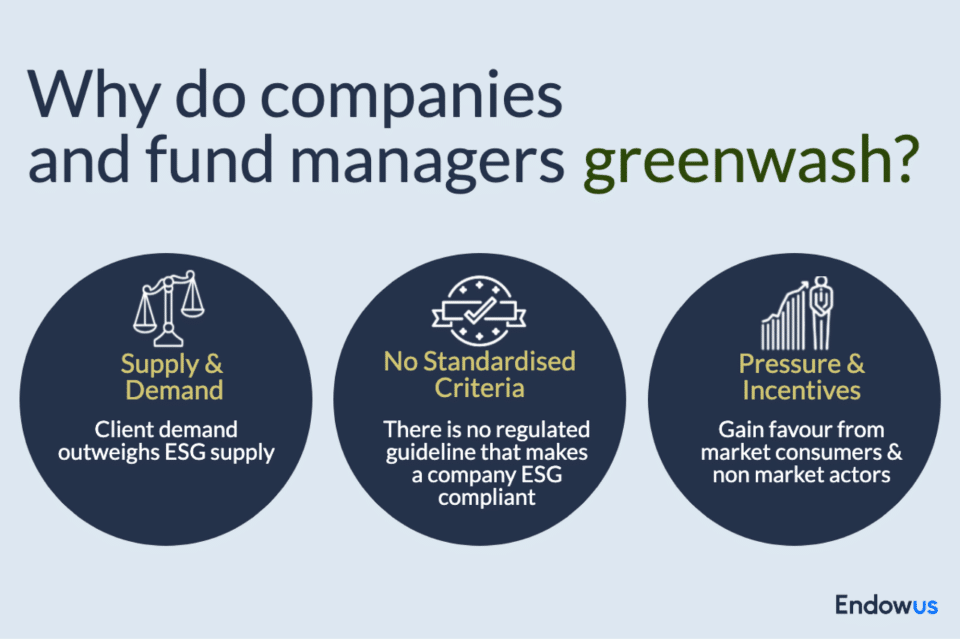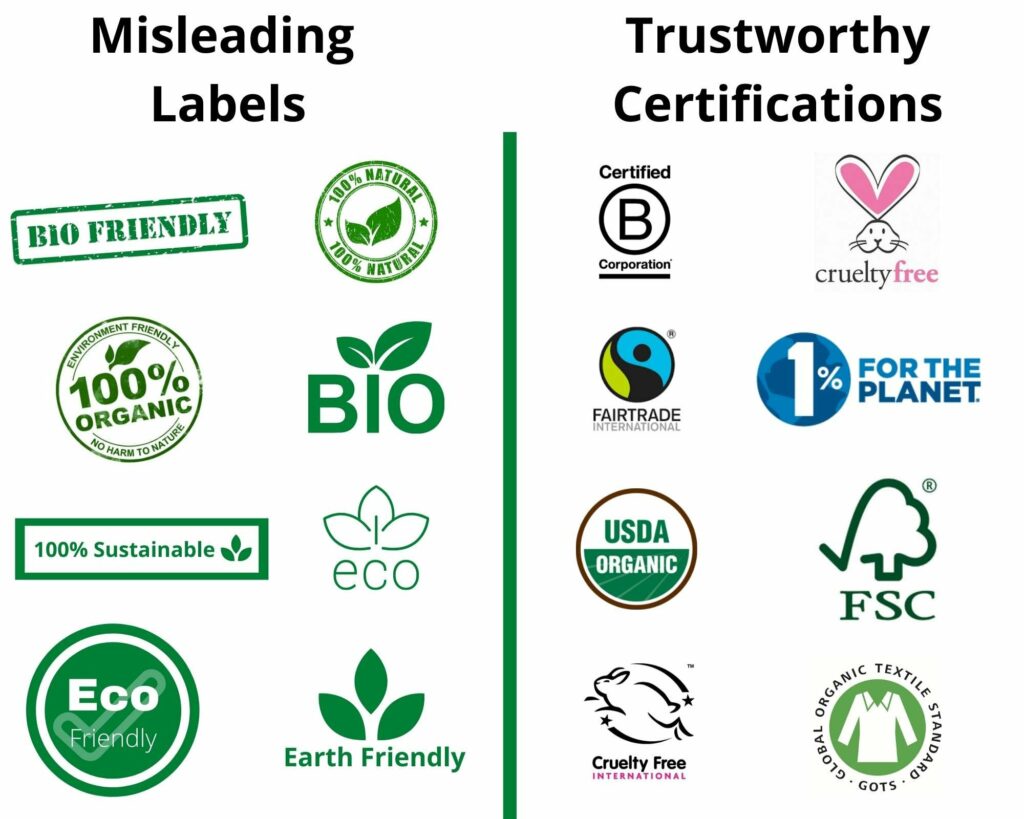10 Types of Greenwashing
Source: NRDC
12 June 2024 – by Eric Koons Comments (0)
In an era where environmental concerns are increasingly at the forefront of consumer consciousness, understanding the types of greenwashing practices used to mislead consumers is critically important. It is the first step in avoiding companies that use those practices and supporting truly sustainable companies.
What is Greenwashing?
Greenwashing is when companies convey a false impression or provide misleading information about how sustainable their products or practices are. It’s a deceptive marketing tactic to capitalise on the growing demand for environmentally friendly products and services.
Why Do Companies Greenwash?
Companies may engage in greenwashing for a variety of reasons. However, it is primarily to appeal to an environmentally conscious market segment. This can be for consumers willing to pay a premium for products considered “green”, or for investors who want to support sustainable companies.

Companies can increase their market share and improve their public reputation by creating a green image. The underlying motivation for environmentally responsible public image is often financial, as appearing environmentally friendly can lead to increased sales, more access to capital and a potentially higher stock price.
As a result, greenwashing and green marketing is prevalent across industries. A 2020 investigation by the European Union found that 42% of online products with green claims could qualify as greenwashing. Moreover, in a separate survey of nearly 1,500 leading global executives, 58% admitted their companies had committed greenwashing. These findings are not unique and highlight how common greenwashing is as a business practice. Companies should avoid greenwashing and be transparent about environmental practices and sustainable development.
The 10 Types of Greenwashing
Following are the top 10 types of greenwashing:
1. Making False Claims
This is the most straightforward type of greenwashing, where the claims are an outright lie. For example, products falsely claiming to be endorsed by an internationally recognised environmental organisation fall into this category.
2. Misdirection and Selective Disclosure
This form of greenwashing suggests a product is “green” based on a narrow set of attributes, without attention to other important environmental issues. For instance, paper produced from a sustainably harvested forest is considered green, but the environmental benefits may be offset if the paper manufacturing process is highly polluting and emits greenhouse gas emissions.
3. Exaggerating the Environmental Benefits
This involves overly exaggerating sustainability claims, policies or progress in their Corporate Social Responsibility report. The information may be based on truth, but what is released to the public is expanded beyond what is true or can be verified. For example, a technology company with data centres that implements a recycling program and says the program will dramatically improve company sustainability is exaggerating. Energy use is likely the company’s most significant impact, and recycling will only significantly impact the company’s overall sustainability.
4. Relying on Vagueness
This type of greenwashing occurs when a claim is made that is so ambiguous or broad that consumers may easily misconstrue its true significance. For instance, the term “all-natural” is often used but is misleading because it does not automatically equate to being safe or eco-friendly. For example, arsenic is a natural element but is harmful to human health and the environment in large quantities.
5. Irrelevant Environmental Claims
Irrelevance occurs when an environmental claim may be truthful but is unimportant or unhelpful for consumers seeking environmentally preferable products. An example is claiming a product is “CFC-free” when CFCs are already banned by law. The product may just meet the bare minimum that is required.
6. Lack of Proof
Companies that commit this sin make environmental claims that are not easily verifiable or lack evidence. An example would be a product claiming to be made of recycled materials without providing any supporting information or certification.
7. Comparing to Less “Environmentally Friendly” Alternatives
Some companies suggest their product is “green” by comparing it to similar, “less eco-friendly” options. This does not actually prove that a product is sustainable. It just means it is not the least sustainable option available.
8. Misleading Visuals or Graphics
Images can give a false impression of a product’s environmental benefits. This could involve pictures of nature on products that contribute to environmental pollution and are actually harmful to the environment, creating a misleading association with being eco-friendly.
9. Shifting Corporate Goals
This type of greenwashing focuses on corporate sustainability rather than being consumer-facing. It involves practices like changing sustainability targets before achieving them, making targets more attainable or removing them altogether. The company capitalises on the initial benefits of releasing sustainability goals but dodges the accountability for potentially failing to achieve them.
10. Fake Certification
This is when a brand implies that it holds a valid third-party certification but actually does not. One of the most common forms of this strategy is using false labels on a product that says something like “green product” that has been designed by the company and has no real value. It is a marketing strategy and nothing more.

Steering Clear of Greenwashing: The Role of Informed Awareness
Understanding the types of greenwashing is crucial for investors and individuals alike. In a market flooded with supposedly green products, the ability to discern genuine environmental claims from misleading ones is vital. Not only does this ensure individuals can make environmentally responsible choices, but it also holds companies accountable for their environmental impact, driving genuine sustainability efforts and sustainable practices.
Moreover, for investors, evaluating companies based on their actual environmental credentials rather than their marketed image can prevent financial risks associated with investing in firms that might face backlash once deceptive practices are revealed.
Being aware of greenwashing tactics ensures that the push for environmental sustainability remains genuine and effective. It enables informed decisions that align with one’s values and the planet’s well-being.
by Eric Koons
Eric is a passionate environmental advocate that believes renewable energy is a key piece in meeting the world’s growing energy demands. He received an environmental science degree from the University of California and has worked to promote environmentally and socially sustainable practices since. Eric’s expertise extends across the environmental field, yet he maintains a strong focus on renewable energy. His work has been featured by leading environmental organizations, such as World Resources Institute and Hitachi ABB Power Grids.
Read more


